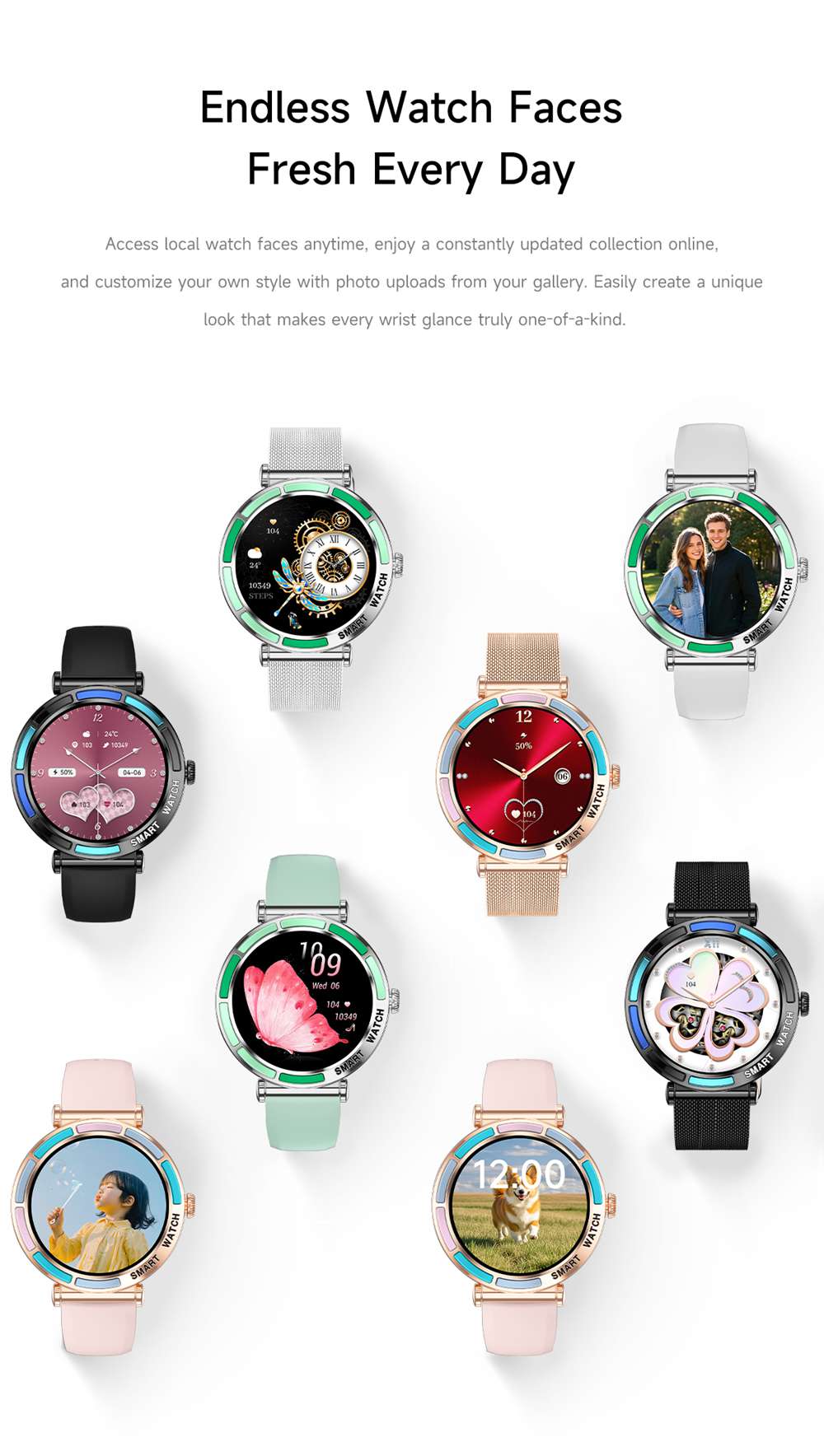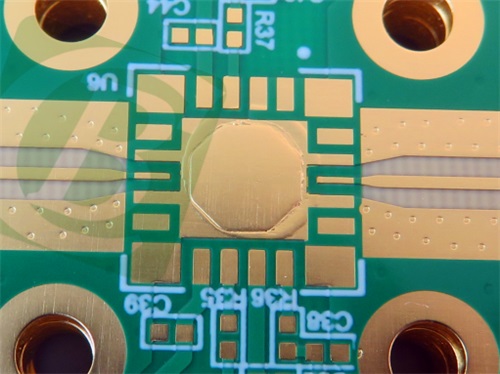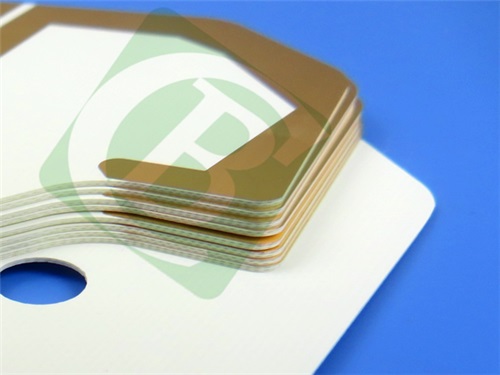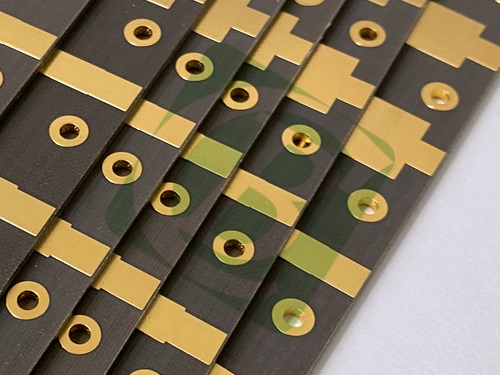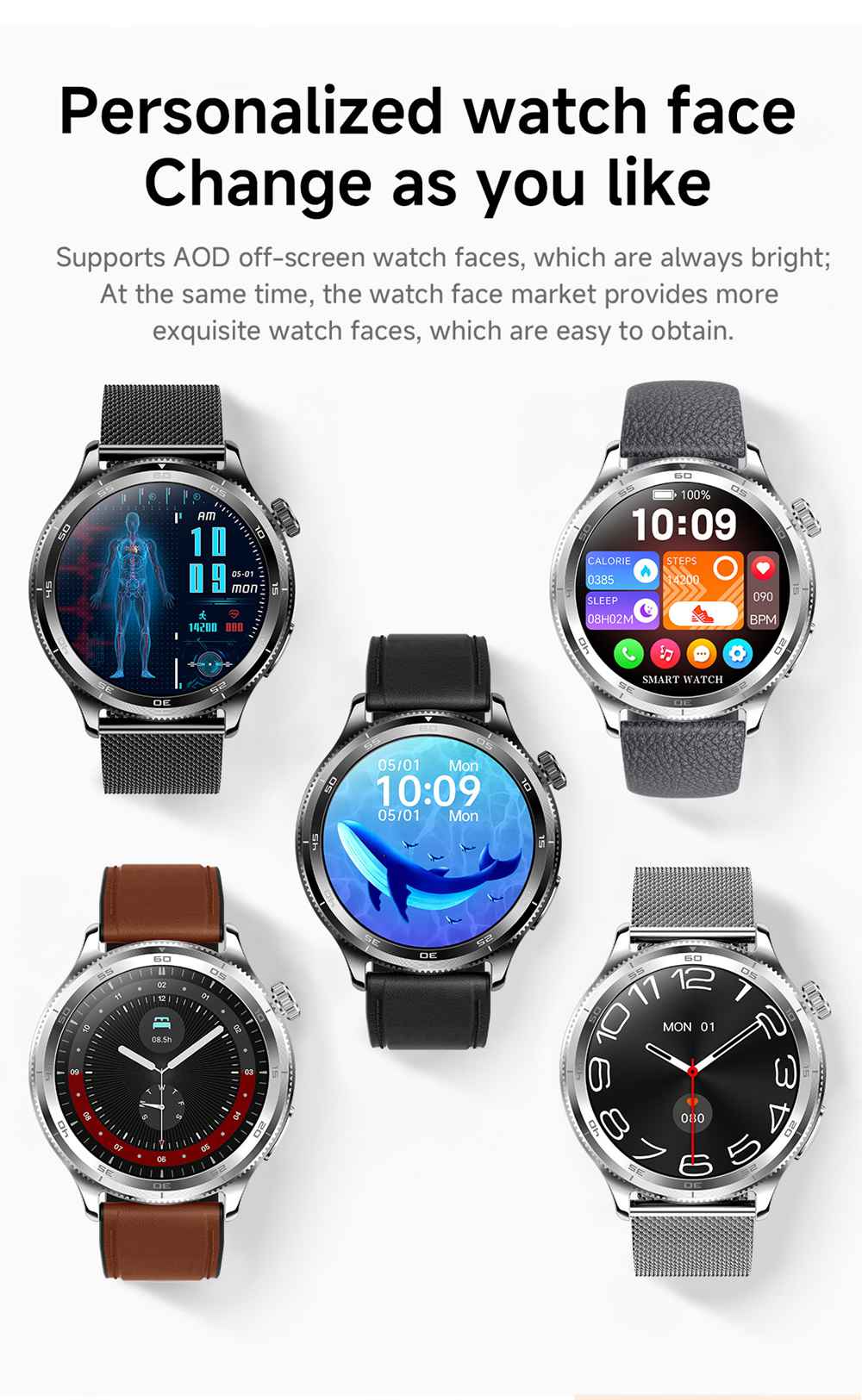When Should You Specify a 2-Layer, 30mil TMM10i Board for Your Next Project?
In the complex world of PCB design, material and configuration selection is a critical decision that can make or break your project's performance, cost, and timeline. While a vast array of options exists, knowing the precise application for a specialized board like the 2-Layer, 30mil TMM10i PCB with Immersion Tin finish is key to leveraging its full potential.
This isn't a one-size-fits-all solution; it's a precision instrument. Specifying it at the right time ensures optimal performance, reliability, and cost-efficiency. You should seriously consider this specific PCB configuration in the following scenarios:
1. When Your Application Operates at High Frequencies (RF & Microwave)
This is the most compelling reason to choose this board. The Rogers TMM10i material is engineered specifically for high-frequency performance.
-
Stable Dielectric Constant (Dk of 9.80±0.245): A high and stable Dk allows for the design of smaller wavelength circuits. This means you can create more compact filters, antennas, and couplers without sacrificing electrical performance. The low tolerance ensures your design behaves predictably in production, batch after batch.
-
Low Dissipation Factor (0.0020 @ 10 GHz): At microwave frequencies, signal loss is a major concern. The low loss tangent of TMM10i ensures minimal signal attenuation, which is critical for maintaining efficiency in power amplifiers, signal integrity in transceivers, and sensitivity in receiving systems.
-
Specify this board for: Power amplifiers, low-noise amplifiers (LNAs), filters, couplers, and oscillators operating in the GHz range.
2. When You Require Superior Thermal and Mechanical Stability
Environmental robustness is non-negotiable in many fields. The TMM10i substrate excels where temperature fluctuations and mechanical stress are a concern.
-
CTE Matched to Copper: The Coefficient of Thermal Expansion (CTE) of TMM10i (19/19/20 ppm/°C) is closely matched to the copper foil (~17 ppm/°C). This is crucial for reliability. During thermal cycling (e.g., power on/off or environmental changes), the board and the copper traces expand and contract at nearly the same rate. This drastically reduces the risk of plated through-hole (PTH) barrel cracking, trace delamination, and long-term failure.
-
High Decomposition Temperature (Td 425°C): This allows the board to withstand the high temperatures of lead-free solder assembly processes without degrading, ensuring manufacturing yield and long-term reliability.
-
Resists Creep and Cold Flow: The thermoset composite structure maintains its dimensional stability under continuous mechanical stress, preventing deformation that could alter electrical characteristics.
-
Specify this board for: Automotive radar, satellite communication systems, aerospace electronics, and any application destined for harsh environments.
3. When Your Design Relies on Reliable Plated Through-Holes (PTHs) and Vias
The product description explicitly mentions TMM10i is "designed for high plated thru-hole reliability." This is a foundational feature.
-
Robust Via Construction: With a via plating thickness of 20µm and a material that bonds well with copper, the PTHs in this board are exceptionally robust. The 30mil (0.762mm) core thickness is manageable for a 2-layer board, ensuring a reliable plating process throughout the hole barrel.
-
No Special Pre-Treatment Required: Unlike pure PTFE materials, TMM10i does not require a sodium napthanate treatment prior to electroless copper plating. This simplifies the fabrication process, reduces potential failure points, and improves overall PTH quality and consistency.
-
Specify this board for: Dense interconnects, power grounds, and any design where the integrity of the connection between layers is paramount to the function and lifespan of the product.
4. When You Need a Planar Surface for Fine-Pitch Components or Wire Bonding
The Immersion Tin (ImSn) surface finish is a strategic choice for specific assembly needs.
-
Flat, Planar Surface: Immersion tin provides a very flat surface, which is ideal for the fine-pitch components commonly found in RF circuits. It eliminates the "coplanarity" issues that can arise with HASL (Hot Air Solder Leveling) finishes.
-
Excellent for Wire Bonding: The thermoset resin base of TMM10i provides a stable, non-porous surface that is highly reliable for both gold and aluminum wire bonding, a critical assembly process in many high-performance RF and microwave multi-chip modules.
-
Specify this board for: Designs using fine-pitch BGA or QFN packages, modules requiring wire bonding, or any application where a perfectly flat soldering surface is critical.
5. When Your Circuit Complexity is Managed on Two Layers
A 2-layer design is often sufficient for many RF functional blocks like filters, amplifiers, or antenna feed networks. Using this TMM10i configuration in such cases is a model of cost-effective performance.
-
Simplified Fabrication: A 2-layer board is less complex to manufacture than a multilayer one, leading to higher fabrication yields, shorter lead times, and lower costs.
-
Optimized Stackup: The symmetric stackup (1oz Cu - 30mil TMM10i core - 1oz Cu) provides a consistent environment for controlled impedance lines on both layers, which is perfectly adequate for many microstrip and stripline-inspired designs.
-
Ideal for Dedicated RF Modules: The provided PCB Statistics (e.g., 10 components, 15 vias, 2 nets) suggest this board is perfect for a specific, critical function within a larger system.
-
Specify this board for: Individual RF sub-assemblies, patch antenna arrays, sensor modules, and other applications where the circuit complexity does not necessitate four or more layers.
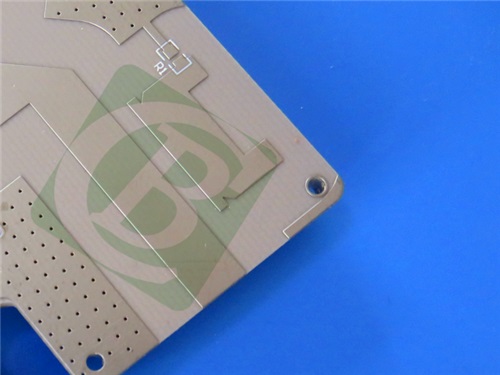
When to Look for an Alternative
Conversely, you should consider a different PCB specification if your project has:
-
High-Density Digital Logic: Requires 4 or more layers for power integrity and complex routing.
-
Extreme Heat Dissipation Needs: While stable, TMM10i's thermal conductivity (0.76 W/m/K) may be lower than specialized metal-core or alumina substrates for high-power applications.
-
A Need for On-Board Shielding: This requires dedicated ground planes or buried layers, which a 4+ layer board would provide.
-
A Strict Budget for Consumer-Grade Electronics: TMM10i is a performance-grade material; for non-critical, low-frequency applications, standard FR-4 is far more economical.
Conclusion: Making the Strategic Choice
Specifying the 2-Layer, 30mil TMM10i high frequency PCB with Immersion Tin is a strategic decision for engineers and designers who need a reliable, high-performance substrate for demanding high-frequency and thermal applications. It is the ideal choice when your priorities are signal integrity at microwave frequencies, robust plated through-holes, exceptional thermal stability, and a reliable surface for assembly.
By understanding the unique synergy between the TMM10i material, the 30mil thickness, and the immersion tin finish, you can select this board for your next RF power amplifier, satellite communication module, or advanced radar system, ensuring it is built on a foundation of proven performance and reliability.
